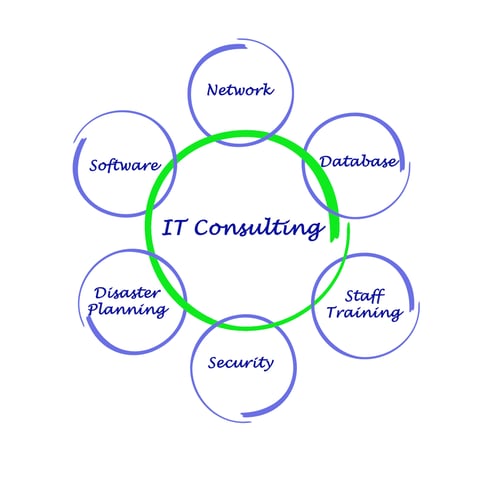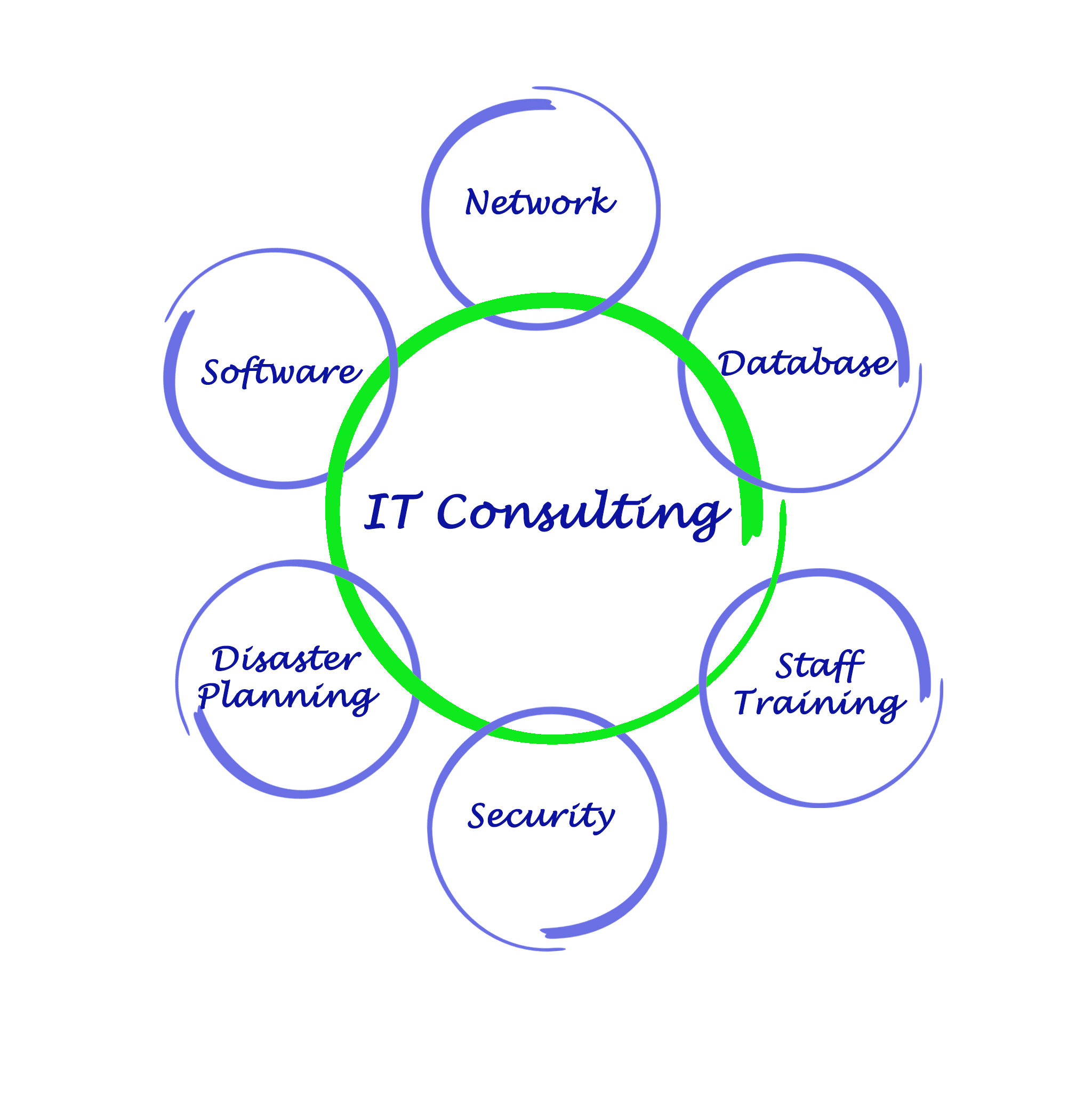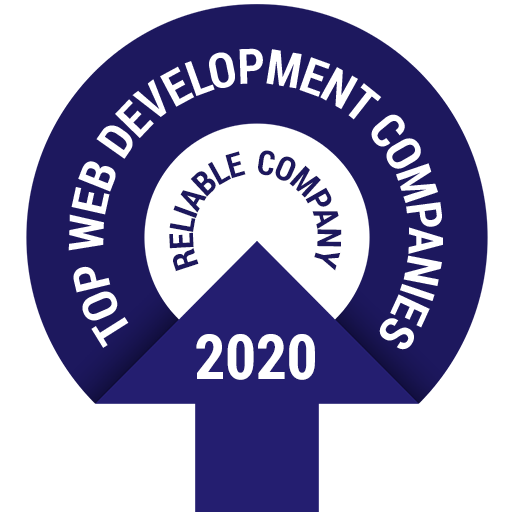How does an organization manage its resources? We’ve seen organizations fumbling at the basic points. The common mistake is to aim bigger when you’re not prepared for it. You cannot fight Goliath without being prepared. Your organizational strategy needs to be different and needs to be tailored to what you need.
In a competitive scenario, you will need to be prepared to fight the basics. For instance, you will need to have to decide between outsourcing projects versus choosing the seemingly more reliable option of staff augmentation. Here is a look at what a normal IT Consulting firm has to take care for instance.

For them, staff training is important, as well as the question of security. Staff augmentation can take care of both these incidents but it might not be able to solve network or software issues that the in-house team cannot handle. For that, they might need to outsource the projects.
What is Staff Augmentation?
Staff augmentation can be a great way to reduce costs and improve operational efficiencies. If you’re looking to expand strategically and are looking for more human resource, staff augmentation is the way to go. Staff augmentation refers to where can add in staff to your organization as you want. Staff augmentation refers to adding in staff as per the needs of the company. You do not permanently hire the employees so you can scale up and down as needed, offering you the flexibility to manage important projects and needs as well as avoiding the liabilities of hiring full time employees. After the work is complete, the staff will no longer need to be paid by the employer.
What is Project Outsourcing?
Suppose you’ve a specific task that needs to be done. You might not have the staff expertise to do it. This can put you in a dilemma. What do you do to ensure that you’re right on track with the project? Project outsourcing helps outsource specific tasks and resources with other people or agencies. Sometimes, project outsourcing can even take the shape of staff augmentation, but in a different way. Let’s say you outsource the work to Company B, which uses staff augmentation in its own workplace to complete it.
The Statistics
The wrong strategy can have an effect on employee morale. For one, the wrong HR strategy made an employee vent his frustration on the company, equating employees with staff augmentation. A recent survey stated that the outsourcing market in the U.K. is expected to grow, with service providers meeting expectations more often than not. The survey, carried out by Whitelane Research in collaboration with PA Consulting Group, had 69% of respondents stating that they will increase the amount of IT services that they get from their service providers.
So, which one’s the better option?
That’s the billion-dollar question. It’s like asking, should I prefer a Chocolate or a Strawberry cake. You need a strategy that can help you complete your projects on time and within budget.
Let’s talk about investing in project outsourcing while not compromising on staff augmentation. Here is a table for what works for both and where they lack in.
| Staff Augmentation | Project Outsourcing | |
| Control: | Great for having control over staff and ensuring quality and confidentiality. Everything remains within the organization. | Great for doing specific tasks that require to be completed asap but there might be a need of confidential information sharing – which can go wrong at times. |
| Expertise: | Requires staff expertise which means that you will have to invest in training staff. | Can directly go for assigning tasks and not worry about training and other related costs. |
| Organizational structure | Greater integration with internal processes and understanding company culture, helping offer better products. Management overhead costs can increase though. | Can make use of the best practices without being hindered by organizational bottlenecks. The ignorance of the company culture can also be a downside. Management overhead costs can be eliminated. |
| Adaptability | Great for handling rapidly changing staff needs and improving internal skill development. However, staff can get to know the in-house working methodologies without being a permanent employee. | Extremely easy when it comes to scalability. Keeps the focus on the business and helps in procuring the right talent for the right needs, without wasting time with training staff for project needs that only rise periodically. |
| Burden | Less employer burdens as staff can be scaled up and down as needed to meet project deadlines without worrying about normal employee liabilities. | Significantly reduces the cost burden as you only pay for the work. Great for one-off or periodic tasks but not that right a choice if the work required is a regular one. |
| Deadlines | Great if you’ve a long term project and are looking to hire staff specific to that project. | Better suited for strict deadlines that are urgent as it can take time to build staff and train them. |
| Projects | Larger projects and smaller projects can both be looked after with staff augmentation | Great value if you will need some expertise in larger value projects and can outsource part of the tasks that your team is not experienced in. |

Written by Tanya Kumari
Tanya leads the Digital Marketing Team at Classic Informatics, a leading web development company . She is an avid reader, music lover and a technology enthusiast who likes to be up to date with all the latest advancements happening in the techno world. When she is not working on her latest article on agile team dynamics, you can find her by the coffee machine, briefing co-workers on the perks of living a healthy lifestyle and how to achieve it.








.png)








